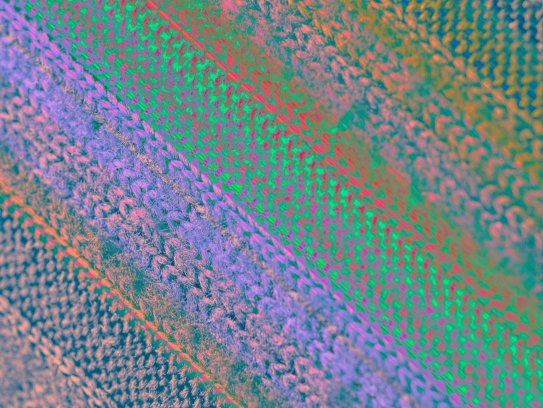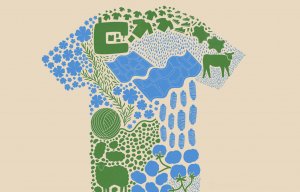Carbon handle for guide dogs
Fibres/Yarns/Fabrics
Launch of guide to tracer technologies
Helping suppliers and brands to better understand the new landscape.

26th July 2022
Innovation in Textiles
|
Amsterdam & London
Fashion for Good and Textile Exchange are jointly releasing The Textile Tracer Assessment – a detailed guide to physical tracer technologies applicable to the textile supply chain.
With the increasing importance placed on fibre provenance, authenticity and production, and the growing number of technologies available, the assessment provides fashion ecosystem stakeholders with an overview to evaluate and determine which tracer technologies would best suit their operational needs.
Today, there is a lack of reliable verification for fibres, materials, and finished products. Scaling and further implementation of physical tracer technologies can help to address key industry challenges for traceability and help authenticate sustainability standards and certification.
“The Textile Tracer Assessment provides much needed analysis and guidance to the textile industry players seeking clarity and direction to better understand and implement physical tracing technologies in their supply chains,” said Katrin Ley, managing director at Fashion for Good. “This is only the beginning of an ongoing collaborative project, as more technologies mature and improved capabilities are added, it will provide the industry with an indispensable tool for traceability implementation.”
Key technologies
Tracer technologies are solutions that analyse the microparticle composition of fibres, materials, and finished products (forensic tracers) or apply tracer substances at a certain point in the supply chain, to be detected later to verify origin (additive tracers).
The forensic tracer category includes isotope/elemental profiling tracers and DNA analysis tracers. The additive tracer category includes synthetic/artificial DNA tracers, ink/rare earth fluorescent tracers, and optical fingerprints (watermarks and prints).
“Tracer technologies play an important role in connecting the forensic verified physical material to the existing digital chain of custody,” said Evonne Tan, data and technology director at Textile Exchange. “With the proliferation of innovations in this space, we are excited to provide this starting guide to standards, suppliers and brands wanting to better understand the landscape. We look forward to the continued alignment and collaboration with technologies to strengthen material provenance and traceability in certified supply chains.”
Tracer technologies can only facilitate the flow of information, and should be considered within a wider context of sustainability strategy. Physical tracer technologies work best when implemented in tandem with digital traceability, and are key to supplement site-level verification, and transactional-level verification.
Fashion for Good and Textile Exchange are calling on all tracer technologies related to the textile industry to join the Textile Tracer Assessment so that new and existing technologies and capabilities can be updated and showcased industry wide.

Business intelligence for the fibre, textiles and apparel industries: technologies, innovations, markets, investments, trade policy, sourcing, strategy...
Find out more





